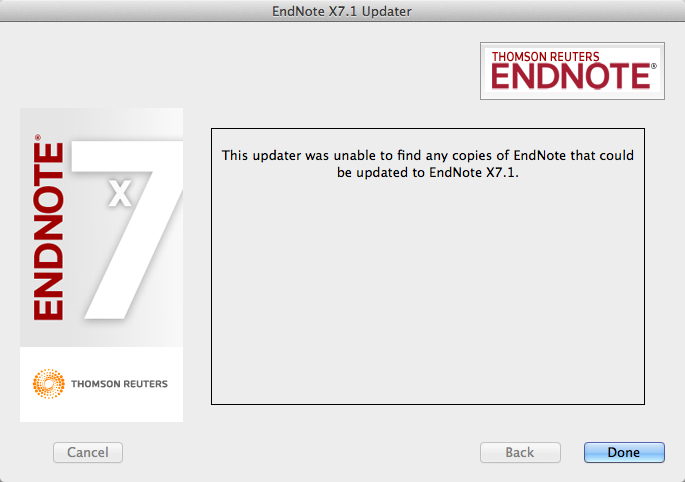

23 Thus, for any amount of fluid withdrawn, more sodium is likely to be removed with UF than with diuretics. In contrast, because the ultrafiltrate is almost isotonic with plasma, approximately 134–138 mmol of sodium are removed with each litre of ultrafiltrate. This is why loop diuretics lead to the production of hypotonic urine. This builds a concentration gradient towards the renal papilla, which is essential to concentrate the urine. Loop diuretics selectively block the Na +/K +/2Cl − cotransporter in the luminal membrane of the medullary thick ascending loop of Henle. The characteristics of two of these devices are shown in Figure 1.ĭifferences in Fluid Removal with Ultrafiltration Versus Diuretics Vascular access can be achieved through either a peripheral or a small central vein such as the internal jugular or subclavian veins. 24 They can provide a wide range of UF rates (0–500 ml/h) and do not mandate admission to intensive care units.


23 The newer, simplified UF devices afford the advantages of small size, portability, low blood flow rates and an extracorporeal blood volume below 50 ml. UF consists of the production of plasma water from whole blood across a semipermeable membrane (haemofilter) in response to a transmembrane pressure gradient.
Process of Fluid Removal by Ultrafiltration, Haemofilters, Pumps and Vascular Access 22 Greater access to UF has been facilitated by the developmentof simplified devices that do not require specialised technicians or acute care settings. One promising therapy is extracorporeal ultrafiltration (UF). 19–21 Therefore, alternative and more effective methods of fluid removal are critically needed. 18 All other pharmacological approaches studied as adjuncts or alternative therapies for acute heart failure have failed to improve long-term outcomes.
#ENDNOTE UF TRIAL#
17 Irrespective of diuretic strategy, 42% of acute heart failure subjects in the Diuretic Optimization Strategies Evaluation (DOSE) trial reached the composite endpoint of death, rehospitalisation, or A&E visit at 60 days. 16 Among more than 50,000 patients enrolled in the Acute Decompensated Heart Failure National Registry (ADHERE) and treated with conventional diuretic therapy, only 33% lost 2.3 kg or more, 16% gained weight during hospitalisation and almost 50% were discharged with unresolved congestion. The clinical hallmarks of diuretic resistance are insufficient symptom relief, higher risk of in-hospital worsening of heart failure, increased mortality after discharge and a threefold increase in rehospitalisation rates. 15,16 Several definitions of diuretic resistance and responsiveness have been proposed. 13,14ĭiuretics, the most widely used drugs to reduce fluid excess, become increasingly ineffective with heart failure progression as a result of impaired absorption, decreased renal blood flow, azotaemia and proteinuria, all resulting in reduced levels of active diuretics in the tubular lumen. If a decrease in intravascular volume by fluid removal causes small transient increases in serum creatinine, achieving euvolaemia may still be essential to protect the kidneys in the long term. 8,10–12 The consistent finding that inadequate reduction of fluid excess in acute heart failure patients trumps increases in serum creatinine in predicting poor outcomes underscores the importance of effective decongestion. 4–9 Elevations of central venous pressure are rapidly transmitted to the renal veins, causing increased interstitial and tubular hydrostatic pressures, which decrease net glomerular filtration in both acute and chronic heart failure. 3Ībnormal fluid handling begins in the asymptomatic stages of heart failure and leads to physiological abnormalities in multiple organ systems. 1,2 Recurrent heart failure-related hospitalisations have uniformly been associated with worse outcomes, independent of age and renal function. Approximately 90% of the more than 1 million yearly heart failure hospitalisations in the US and Europe are a result of symptoms and signs of fluid overload and are associated with readmission rates of 24% and 50% at 30 days and 6 months, respectively.


 0 kommentar(er)
0 kommentar(er)
